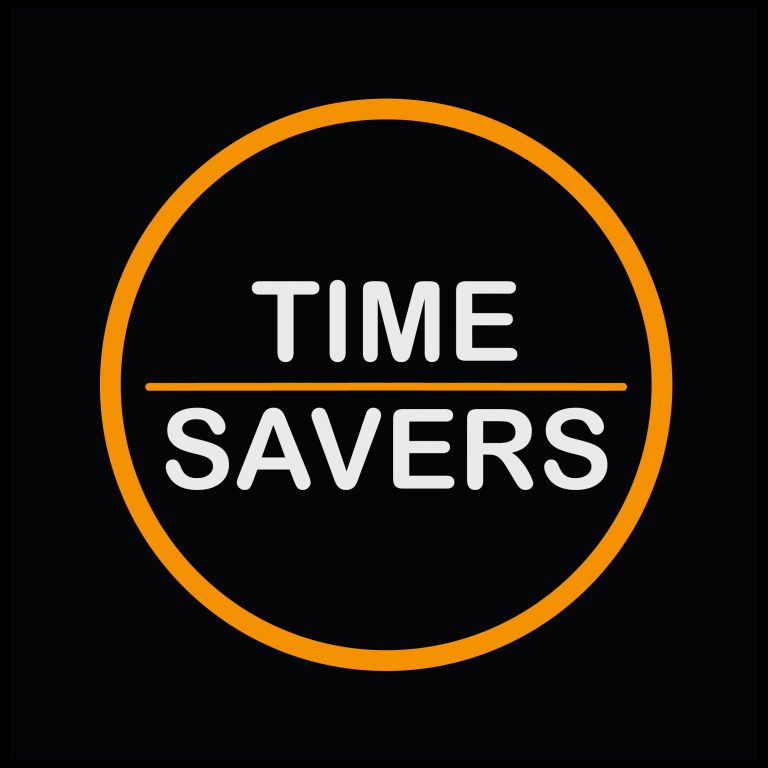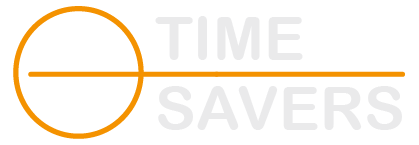Meet Our Heroes
Shake Chef isn’t your average supplement brand.
Founded by Michael Jacobsen, Shake Chef was built for a specific, underserved audience: the Studio Athlete. These are women who live and breathe boutique fitness. Yoga flows, spin classes, Pilates reformers, and bootcamp circuits. They’re not bodybuilders or marathon runners. They’re focused on staying youthful, flexible, and toned. They care about anti-aging, lean muscle, glowing skin, and mental clarity.
In a crowded wellness market dominated by broad-appeal giants like Vital Proteins and Ancient Nutrition, Shake Chef carved out something different. Their products are designed specifically for women aged 25 to 60 who prioritize hydration, flexibility, tight skin, and longevity. The kind of women who rotate between their favorite boutique studio, a Botox appointment, and a Sunday farmers market run.
Shake Chef’s brand voice is clean, feminine, and wellness-forward. Their messaging aligns with the lifestyle their customers already live: conscious, active, and aspirational. They promote daily deals like “Spend X, get a free gift,” rewarding loyalty and encouraging higher cart values.
But even with a differentiated product and a clear audience, Shake Chef hit a wall when it came to paid advertising.
Their Goals
Michael’s vision was straightforward but critical: prove the funnel works at $700 per month, then scale it.
He didn’t want vanity metrics or inflated reach. He wanted profitability. A clear, repeatable system that generated a positive return on ad spend (ROAS) on Facebook and Instagram, with room to grow once the numbers made sense.
The goal wasn’t to reinvent the wheel. It was to build a lean, efficient funnel that could convert cold traffic into paying customers without burning budget. Once that foundation was solid, the plan was to scale aggressively across Meta and Google.
The Challenge
On paper, Shake Chef had everything in place. Michael was running campaigns on Facebook, Instagram, and Google. He had a traditional Meta funnel structure: traffic campaigns to build awareness, retargeting to warm up audiences, and conversion campaigns to close the sale. He was creating content himself and supplementing it with user-generated content (UGC) from the SocialCat app. He even had an affiliate program running in the background.
But the execution wasn’t working.
Michael had recently been working with an AI-powered platform that promised to optimize his audience targeting and improve performance. Instead, it created a mess. Campaign data was lost. Audience insights were muddied. The AI seemed to be making decisions that contradicted what Michael knew about his customers, and performance tanked as a result. He pulled the plug, but the damage was done.
His Meta campaigns were scattered and inefficient. His audiences weren’t aligned. His creative wasn’t resonating the way it should. And his ROAS? Barely breaking even.
Google Ads wasn’t in much better shape. Michael had an active account, but it wasn’t pulling its weight. The strategy felt reactive rather than intentional, and the results reflected that.
Even though Shake Chef had a clear value proposition and a loyal niche audience, the paid advertising funnel was underperforming. Michael needed someone to come in, clean up the chaos, and build a system that actually worked.
Our Process
We didn’t start by launching new campaigns. We started by auditing everything.
We needed to understand what had been lost, what was still salvageable, and where the biggest opportunities were hiding. The AI platform Michael had been using left behind fragmented data and misaligned audience segments. Our first job was to rebuild the foundation.
Phase One: Audience Reconstruction and Creative Strategy
The Studio Athlete is a specific persona, and we needed to treat her like one. We didn’t want to cast a wide net and hope for the best. We wanted precision.
We rebuilt Shake Chef’s Meta audience strategy from the ground up, using a combination of interest-based targeting, lookalike audiences, and behavioral signals. We focused on women aged 25 to 60 who were actively engaged in boutique fitness culture: yoga enthusiasts, Pilates practitioners, spinning devotees, and wellness-forward consumers who shopped at brands like Alo and invested in anti-aging treatments.
We also leaned into lifestyle indicators: luxury brand affinities, wellness-related content consumption, and interest in clean beauty and longevity. This wasn’t about fitness in general. It was about a very specific type of wellness culture.
On the creative side, we worked with Michael to refine his messaging and visuals. We knew UGC was a powerful tool, especially for a brand like Shake Chef, where authenticity and relatability drive trust. We tested a mix of founder-led content, UGC from real customers, and lifestyle-focused static ads that emphasized the unique benefits of the products: flexibility, hydration, lean muscle, and youthful skin.
We also optimized the daily deal offer structure. Instead of burying it in the copy, we made it the hero of the ad. “Spend $X, get a free gift” became a core conversion driver, especially in retargeting.
Phase Two: Funnel Restructure and Campaign Build
With audiences and creative in place, we rebuilt the Meta funnel using a three-tier approach:
Top of Funnel (Awareness): Traffic campaigns designed to introduce Shake Chef to cold audiences. These ads highlighted the brand story, the Studio Athlete lifestyle, and the unique positioning in the supplement space. The goal wasn’t immediate conversion. It was education and engagement.
Middle of Funnel (Consideration): Retargeting campaigns aimed at people who engaged with top-of-funnel content but didn’t purchase. These ads leaned heavily on social proof, UGC testimonials, and product benefits. We also introduced dynamic product ads to show exactly what they viewed on the site.
Bottom of Funnel (Conversion): Conversion campaigns focused on cart abandoners and high-intent site visitors. These ads emphasized urgency, the daily deal structure, and free gift incentives. We also tested limited-time offers to encourage faster decision-making.
On the Google side, we restructured the account to focus on high-intent search traffic. We identified keywords around boutique fitness supplements, anti-aging protein, collagen for flexibility, and wellness products for active women. We also set up Shopping campaigns to capture bottom-funnel buyers who were already searching for products like Shake Chef’s.
The entire funnel was designed to be lean, efficient, and scalable. Every dollar needed to work, especially at a $700/month starting budget.
Phase Three: Testing, Optimization, and Iteration
Once the campaigns launched, we entered a period of aggressive testing. We tested:
- Creative formats (UGC vs. founder content vs. lifestyle photography)
- Ad copy angles (anti-aging focus vs. flexibility vs. daily deal incentive)
- Audience segments (yoga lovers vs. Pilates enthusiasts vs. anti-aging-focused consumers)
- Landing page variations (product-specific vs. bundle-focused)
We monitored performance daily, optimizing based on cost-per-click, add-to-cart rates, and ROAS. We killed underperforming ads quickly and doubled down on what was working.
Within the first 30 days, we had a clear winner: UGC-style ads featuring real customers talking about flexibility and anti-aging results, paired with the daily deal offer, consistently outperformed everything else.
We refined the messaging to focus on those two core benefits and scaled the budget into the top-performing audience segments.
Results
By the end of 90 days, Shake Chef had gone from campaign chaos to a profitable, repeatable funnel.
Here’s what we delivered:
- ROAS increased from 1.2x to 3.8x on Meta campaigns within the first two months.
- Cost per acquisition (CPA) dropped by 42%, making each customer significantly more profitable.
- Overall ad-attributed revenue grew by 185% compared to the previous 90-day period.
- Google Ads conversion rate improved by 63%, driven by tighter keyword targeting and optimized product feeds.
- Average order value (AOV) increased by 18%, thanks to the daily deal structure encouraging larger purchases.
But the numbers only tell part of the story. The real win was proof of concept. Michael now had a system that worked. A funnel that could predictably turn ad spend into profit. And a foundation that was ready to scale.
With the $700/month budget validated, Shake Chef was positioned to increase spend confidently, knowing every dollar would work harder than before.
The Studio Athlete finally had a supplement brand that spoke her language. And Digital Time Savers gave that brand the marketing engine it deserved.






